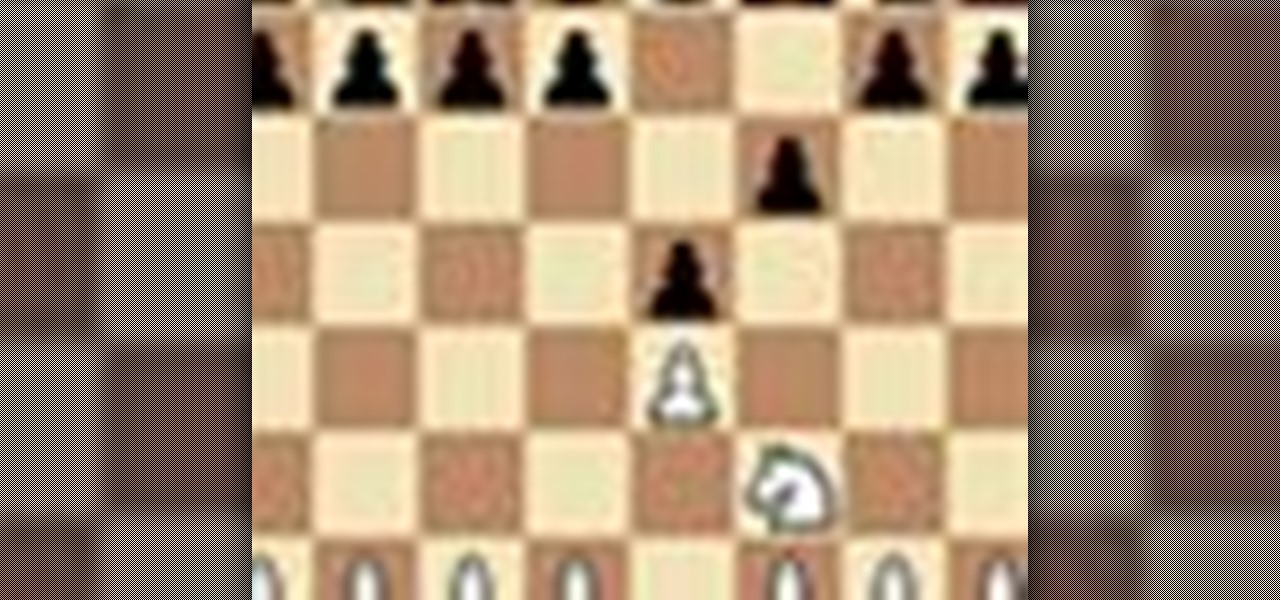A chess opening or simply a great opening could be the primary stage of a new chess game. This usually consists of established theory; typically the other phases are definitely the middlegame and the particular endgame. Many opening sequences have regular names such as the "Sicilian Defense". The Oxford Associate to Chess databases 1, 327 called openings and versions, and there will be many others using varying degrees associated with common usage.
Opening moves that will be considered standard happen to be referred to since "book moves", or even simply "book". When a game starts to deviate from recognized opening theory, players are said to become "out of book". In some openings, "book" lines have already been worked out for over 30 moves, as with the classical King's Indian Defense and in the Najdorf variety of the Sicilian Security.
Professional chess players spend years researching openings, and proceed doing so during their careers, as opening theory carries on to evolve. Gamers at the club level also examine openings but the particular importance of the starting phase is smaller sized there since game titles are rarely decided throughout the opening. Typically the study of spaces can become unbalanced when it is for the exclusion of a plan training and middlegame and endgame technique.
A new sequence of moves throughout the opening is referred to since a theoretical uniqueness. When kept magic formula until found in the competitive game, this is often identified as a prepared variation, a strong weapon in top-class competition.
Aims of the beginning
No matter if they are striving to gain the upper hand since White, or to equalize as Dark or to produce dynamic imbalances, players generally devote lots of attention in the particular opening stages to be able to the following techniques:
Development: One of many aspires of the starting is to mobilize the pieces upon useful squares wherever they may have influence on the game. To this end, knights are usually created to f3, c3, f6, and c6 (or sometimes e2, d2, e7, or perhaps d7), and the two players' king and queen pawns are moved so typically the bishops may be developed (alternatively, the bishops may be fianchettoed with a control like g3 and Bg2). Rapid breaking down is the key. The princess or queen, and a smaller extent the rooks, are not typically played to a new central position right up until later in typically the game, when many minor pieces plus pawns are no longer present.
Handle of the center: In the beginning of typically the game, it is far from clear on which part of the board the portions will be needed. However , control of the central squares allows pieces to be moved to any part involving the board comparatively easily, and can easily also have a cramping impact on the opposition. The classical see is that central control is top effected by positioning pawns there, ultimately establishing pawns about d4 and e4 (or d5 and e5 for Black). However , the hypermodern school showed that it was not always necessary or actually desirable to inhabit the middle in this kind of way, and that too broad a pawn front can be attacked in addition to destroyed, leaving its architect vulnerable; a good impressive-looking pawn middle is worth little unless it can easily be maintained. The particular hypermoderns instead strongly suggested controlling the middle from a distance with pieces, smashing down one's adversary's center, and only taking over the center oneself later within the game. This kind of leads to opportunities such as Alekhine's Defense in the line like one. e4 Nf6 a couple of. e5 Nd5 3. d4 d6 4. c4 Nb6 five. f4 (the Four Pawns Attack) White wine has a solid pawn center for that moment, but Dark hopes to weaken it later inside the game, departing White's position exposed.
King safety: The king is relatively exposed in typically the middle of typically the board. Measures has to be taken to reduce his vulnerability. That is therefore typical for both gamers either to citadel in the beginning (simultaneously developing one particular of the rooks) or to or else accept the king to be able to the side with the board via unnatural castling.
Prevention associated with pawn weakness: Almost all openings strive to be able to steer clear of the creation regarding pawn weaknesses this sort of as isolated, bending and backward pawns, pawn islands, and so forth. Some openings give up endgame considerations intended for a quick harm on the adversary's position. Some unbalanced openings for Dark, in particular, make use of this idea, such as the Dutch and the Sicilian. Some other openings, like the Alekhine and the Benoni, invite the challenger to overextend plus form pawn weak points. Specific openings recognize pawn weaknesses in return for compensation in the form of dynamic play.
Item coordination: As the players mobilize their own pieces, they equally strive to ensure of which they are working harmoniously towards the charge of key pieces.

Create positions within which the person is more cozy compared to the opponent: Changement is one common way of doing this.
https://cretachess2020.com from these ideas, other strategies utilized in the middlegame might also be carried out inside the opening. These types of include preparing pawn breaks to generate counterplay, creating weaknesses inside the opponent's pawn structure, seizing manage of key verger, making favorable trades of minor pieces (e. g. gaining the bishop pair), or gaining a space advantage, whether in the middle or on typically the flanks.
